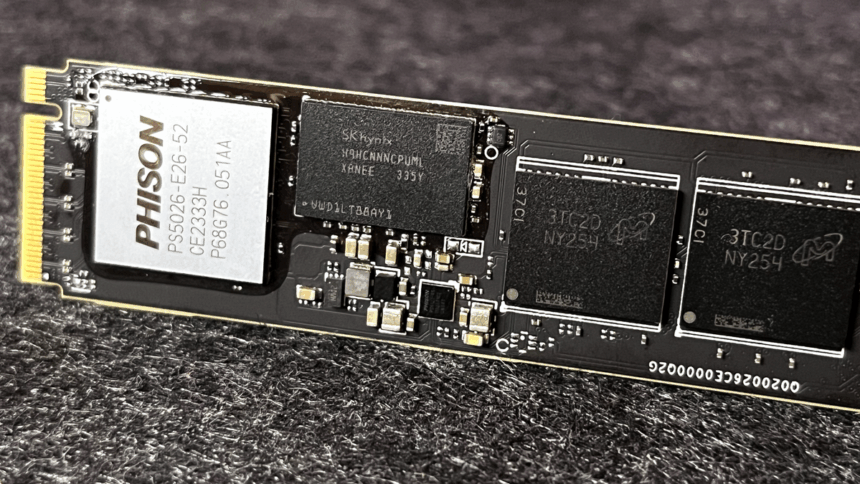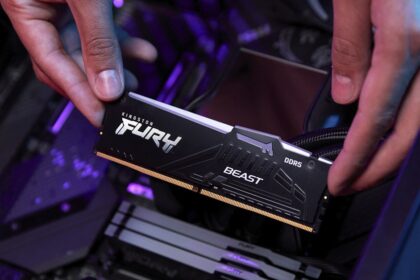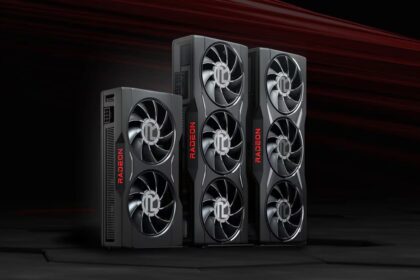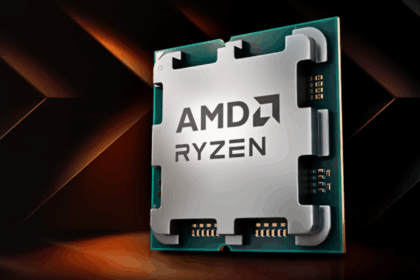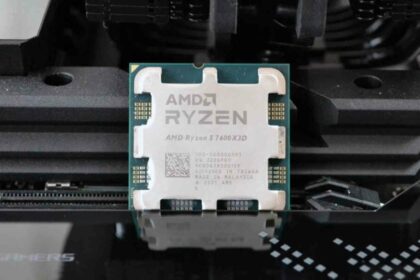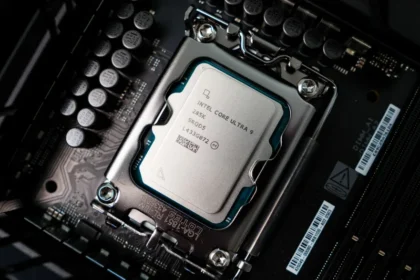Since the rise of artificial intelligence at the start of this decade, data centres have increasingly relied on high-performance hardware — particularly NAND flash memory, a crucial component in SSDs and large-scale storage systems. However, according to Phison CEO Pua Khein-Seng, this technology could soon face a major shortage, beginning as early as 2026.
In an interview with Taiwan CW News, the executive cautioned that the shortage could last for up to a decade, underscoring how unprepared the industry is to handle the explosive growth in AI-driven data storage demand.
Industry Unprepared for the Data Centre Demand Surge
Pua explained that just before the current AI boom, major NAND producers such as Micron and SK Hynix had significantly reduced investments in flash memory development. Instead, they redirected capital toward HBM (High Bandwidth Memory) — the ultra-fast memory used in GPUs for AI model training — because it offered higher profit margins.
“In the past, whenever flash manufacturers invested more, prices collapsed and they never recovered their investments. So companies reduced spending from 2019–2020. Then, in 2023, Micron and SK Hynix shifted huge capital investments toward HBM because the margins were better,” said Pua.
Demand Will Shift Toward Storage Infrastructure
The Phison CEO predicts that in the coming years, a large portion of cloud providers’ multibillion-dollar AI infrastructure spending will need to be redirected toward storage, not just GPUs. As AI adoption scales, so will the need to store vast volumes of generated data.
“To make money, you need users. Users create data. Data needs to be stored. This means data centers will have to expand their storage capacity for the next decade. After all, the main function of a data center is storage,” Pua emphasized.
NAND Prices Expected to Rise
Nearly all major memory manufacturers have already announced that they plan to freeze or increase NAND flash prices, given the unprecedented demand and the risk of supply shortages. With investments focused elsewhere and limited capacity expansion in NAND production, the next decade could see persistent scarcity and higher costs for data storage technologies.

